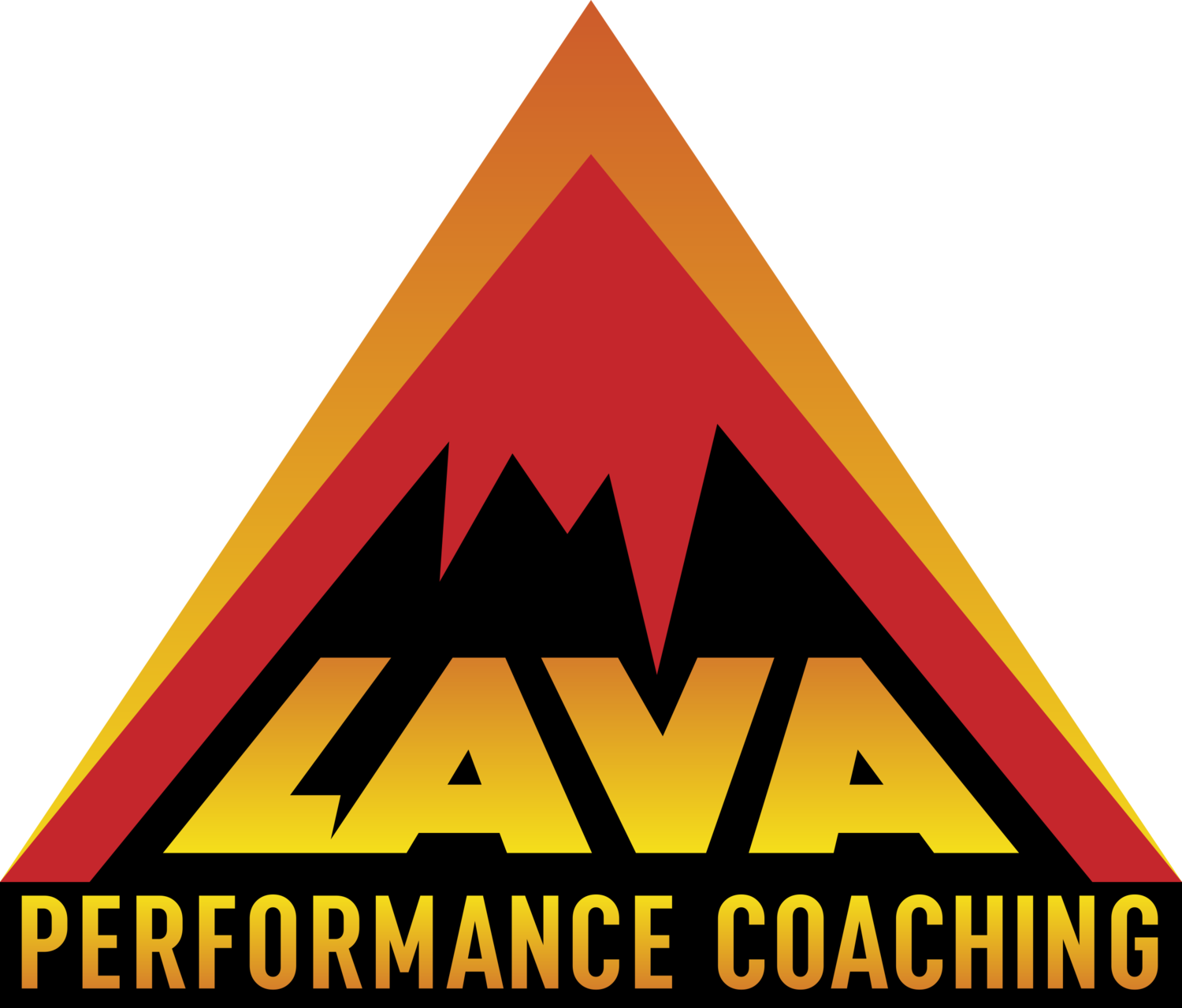Planning Your Race Season
Listen (4min): Planning Your Race Season
Navigating a busy race season, can feel like a game, of Wipeout.
It’s easy to get in way over your head, and struggle to build, peak and transition from one event to the next without getting whacked. The excitement of racing can lead us to sign up for lots of random races without much planning around how they all fit together in a season plan. It can be confusing about how to segue from one event to the next without knowing the best way to set ourselves up for strong, repeat performances.
Choosing an A race, or several A races nicely spaced apart, will anchor your season, and help all the other pieces fall into place. Those other pieces can be less important, B races, or the training leading up to each event. To perform well, stay injury free, and still have fun, the season needs to be carefully structured. Enough load to ensure performance. Enough recovery to stay injury free. And enough mental freshness to still have fun. And though it’s never the answer anyone wants to hear, the precise structure of that plan is never a one-size fits all. But, there are a few key principles, and a few common mistakes, that apply to everyone.
Training under fatigue. Accept that you will be training under fatigue most of the time, and know this is not a detriment to performance. It is actually where the magic happens. And often emulates the demands of a specific event. So don’t expect to be fresh and setting PRs all the time when training under heavy load. All that fatigue, once shed, becomes your diamond in the rough.
Manage amplitude. Know your body’s limits when it comes to the combination of volume and intensity. Overdoing it puts you at high risk of injury. In practical terms, that means, more is not better. Resist the temptation to keep adding more, or getting sucked into doing what others are doing. Your body has its limit. That is your sweet spot. Beyond that, is your broken spot.
Ya gotta eat. You may even put on a couple of pounds. If you want to manage all the training and the racing, you have to eat. If it’s a beach body you’re after, sign up for that program. This is endurance training. You do not need to look good in a bikini.
You need to handle load without getting injured. An under-fed body is one of the main reasons people get injured. Fact. Just get over it. If a few extra pounds to ensure you can do the training, stay injury free, perform well on race day, and again on the next race day, and allowing you to do what you love year after year, then make peace with it.
Take extra days off. Leap-frogging from race to race requires a lot of recovery. If the races are very close together, you are not gaining fitness in between. Your only goal is to recover, physically AND mentally, with sessions that maintain fitness and keep some speed in the legs and arms. If your races are spaced out, you will have time for a short build in-between.
If the demands of your races vary, the build will vary. It should include race-specific sessions that mimic the performance demands of the event, such as technical handling, short snappy speed, climbing, or muscle fatigue resistance.
Don’t underestimate mental freshness. If you’ve ever stared down a cold lake at 6 am and thought, why the F am I here, dreading the whole day, you are likely not mentally fresh. You’ll know the difference. Excited to race, chomping at the bit - mentally fresh. Full of dread, scanning for a rock on the beach to hide under - mentally burnt out.
Have perspective. Know that all your races can’t be A races (no really, they can’t). Be ok participating in some of them, JUST. FOR. FUN. That’s right. Remember FUN? It’s why we started all this in the first place. This is sports. Sports are supposed to be fun. Have some fun. After all, we are not training for the Olympics. We are training for a better life!
